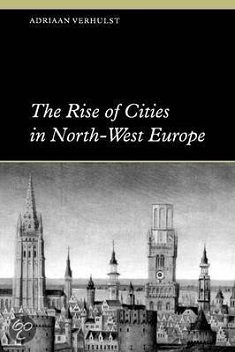Vylar Kaftan, “Ink of My Bones, Blood of My Hands.” Beneath Ceaseless Skies, June 12, 2014.
Three fantasy stories for lucky number thirteen. The first is a gritty horror fantasy story about an ill begotten apprentice of a necromancer attempting to revenge himself and the necromancer’s victims on him. Decently done but a bit mundane, especially in its revelling in the tortures the villain inflicts on his victims. There’s the spark of something better here and I’d be curious to read more of Kaftan’s work.
Caitlín R. Kiernan, “Bus Fare.” Subterranean, Spring 2014.
What any good short story should do, to be more than a moment’s diversion, is to create something that’s bigger than itself, an idea that keeps running through your head, or a glimpse at a world you’d like to read more about. Kiernan does the latter here, this short story of an angel ridden seventeen year old monster hunter waiting for her bus and the fifteen year old werewolf girl playing riddle games with her before eating her. A great piece of traditional American fantasy, where you have old country superstitions and legends set amongst the detritus of Americana: Greyhound buses, western ghost towns, the open road.
Ellen Klages, “Caligo Lane.” Subterranean, Winter 2014.
And this is a similar sort of American fantasy tale, of a witch in a partially imaginary street in wartime San Francisco using the Japanese art of paper folding, map based magic and the city’s fog to provide a topological bridge between the city and a village somewhere in occupied Poland and you very well know why.
